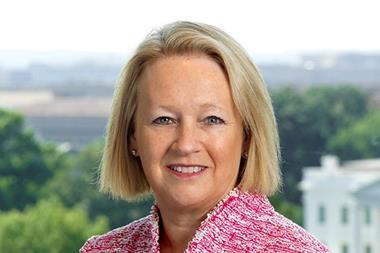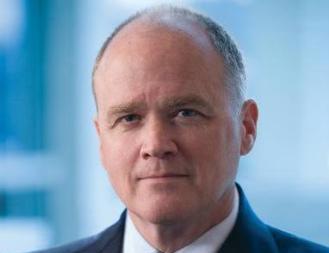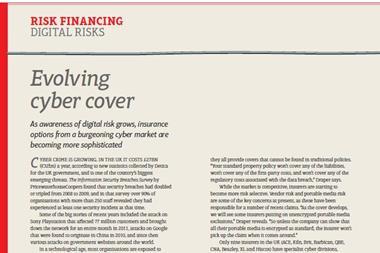Only 20% have moved to primary electronic document storage
A new survey of the largest insurance companies in the UK has shown that only 20% have moved to primarily electronic document storage, leaving the majority in a precarious state of readiness for the new Contract Certainty regime mandated by the FSA.
Meant to speed the process of policy generation by business risk underwriters, Contract Certainty requires that brokers and insurers provide clear, comprehensive and fully-agreed documents for 85 per cent of all policies -- before policy inception.
Key to this is some form of automation around the design, production, management and delivery of policy-related correspondence. But automation depends on documents and their key elements being stored in electronic format, which in turn allows sophisticated new policy documents to be generated quickly and accurately.
Not surprisingly perhaps, more than 50% of the IT managers surveyed also said they believed Contract Certainty would not ease the complexity of policy document generation, or would possibly make it even more complex.
“The challenges of achieving compliance with the current Contract Certainty rules absolutely demands a strategy based on digitisation of documents and their key elements,” said Tracey Robinson, managing director emea for Skywire Software, who commissioned the research.
“Some companies may be taking a wait-and-see approach before fully evolving their IT infrastructure, but this is risky. The fsa is happy to support industry self-regulation in these early days, but has said it will mandate its own set of rules if full compliance isn’t achieved across the board,” Tracey added.
With an electronic documents management strategy in place, companies can end their reliance on Microsoft Word and establish a series of ‘rules’ governing policies and general correspondence. The rules within such systems relate to reusable templates, which can prescribe standardised content, through to branding, logo positioning, font and colour, thus ensuring both greater consistency and more centralised control across the organisation.



















